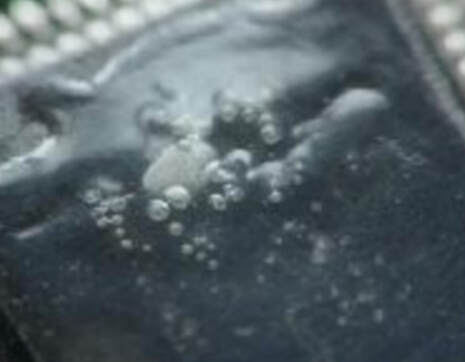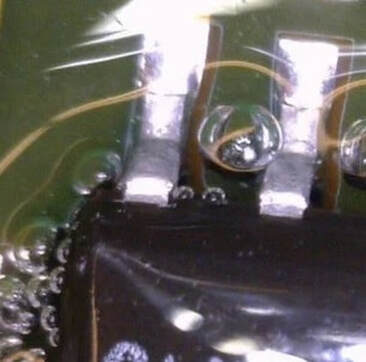Bubbles in conformal coating can be a common issue and may affect the performance and reliability of the coated electronic components. Conformal coating is applied to protect electronic circuits from environmental factors such as moisture, dust, chemicals, and more. The presence of bubbles in the coating can compromise its protective properties. Here are some potential reasons for bubbles in conformal coating and how to address them:
- Contaminated Coating Material:
- Ensure that the conformal coating material is not contaminated. Contaminants can introduce air into the coating and create bubbles. Use clean and properly stored conformal coating materials.
- Moisture in Substrate:
- Moisture trapped in the substrate can lead to the formation of bubbles during the curing process. Ensure that the electronic components are thoroughly dry before applying the conformal coating.
- Improper Mixing:
- Follow the manufacturer's guidelines for mixing the conformal coating material. Inadequate mixing can introduce air into the coating and result in bubbles. Use appropriate equipment and techniques for mixing.
- Application Technique:
- The application technique plays a crucial role. Applying the coating too thick or too quickly can trap air and cause bubbles. Ensure a consistent and controlled application process.
- Air Trapped in Components:
- Ensure that there is no air trapped within the electronic components or under the conformal coating. Properly degas and vacuum the components before applying the coating.
- Curing Conditions:
- Follow the recommended curing conditions specified by the conformal coating material manufacturer. Inadequate curing or curing at the wrong temperature can lead to the formation of bubbles.
- Humidity and Temperature Control:
- Control the humidity and temperature in the coating environment. High humidity can affect the curing process and contribute to bubble formation.
- Avoiding Air Entrapment:
- Modify the coating application process to minimize the chance of air entrapment. Consider using techniques like brushing, spraying, or dipping based on the specific requirements of the conformal coating material.
If bubbles are already present in the conformal coating, the affected components may need to be reworked. This may involve removing the existing coating, addressing the root cause of the issue, and reapplying the conformal coating using the correct procedures. Always refer to the guidelines provided by the conformal coating material manufacturer for specific recommendations.


